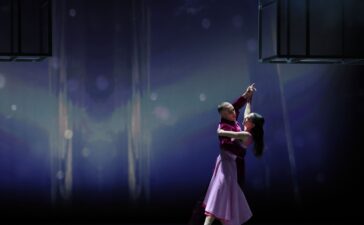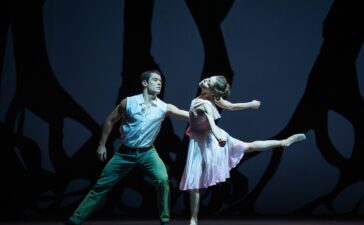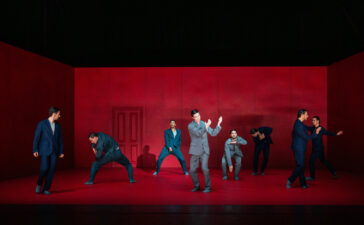(🇬🇧)
by Vikki Jane VILE
As is the end of season tradition, a visiting top-tier ballet company from around the world graces the Covent Garden stage for a few nights only. This year, and for the first time, it’s the National Ballet of Japan (NBJ). Now Artistic Director, Miyako Yoshida retired from the Royal Ballet in 2010 to embark on a successful freelance career before taking on her current role with the Tokyo based company in 2020. She danced Giselle to great critical acclaim with the Royal and so it’s no surprise she wanted to direct her own production (in collaboration with Alastair Marriot) which premiered in 2022, and is now being seen in London for the first time.
Yoshida’s Giselle is certainly a very handsome creation in both design and execution. Dick Bird’s sets are rich in detail, engaging and eye-catching; from the vivid colours of the Rheinland forest in Act I, to the eerie graveyard, scattered haphazardly with crosses, of which Giselle’s sits at the centre. There are nooks and hiding places a plenty, utilised for ghostly entrances and exits. Rick Fisher’s lighting is skillful, evoking a joyful and vibrant village celebration, and later bleak but magical, especially effective when revealing a veiled Giselle lurking in the shadows.
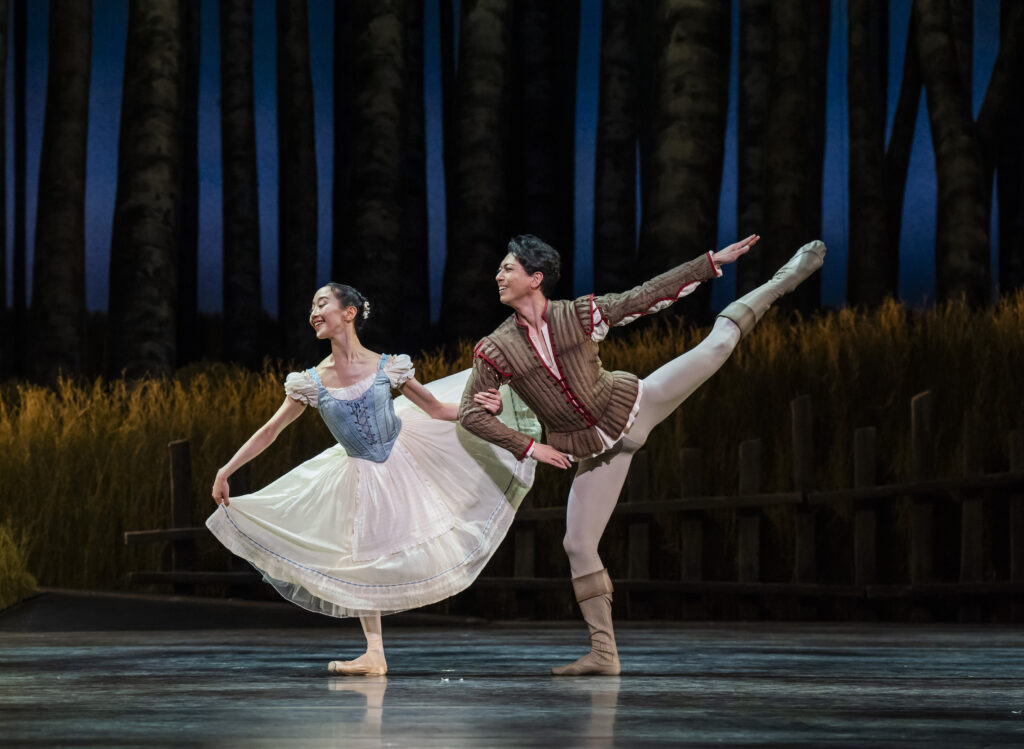
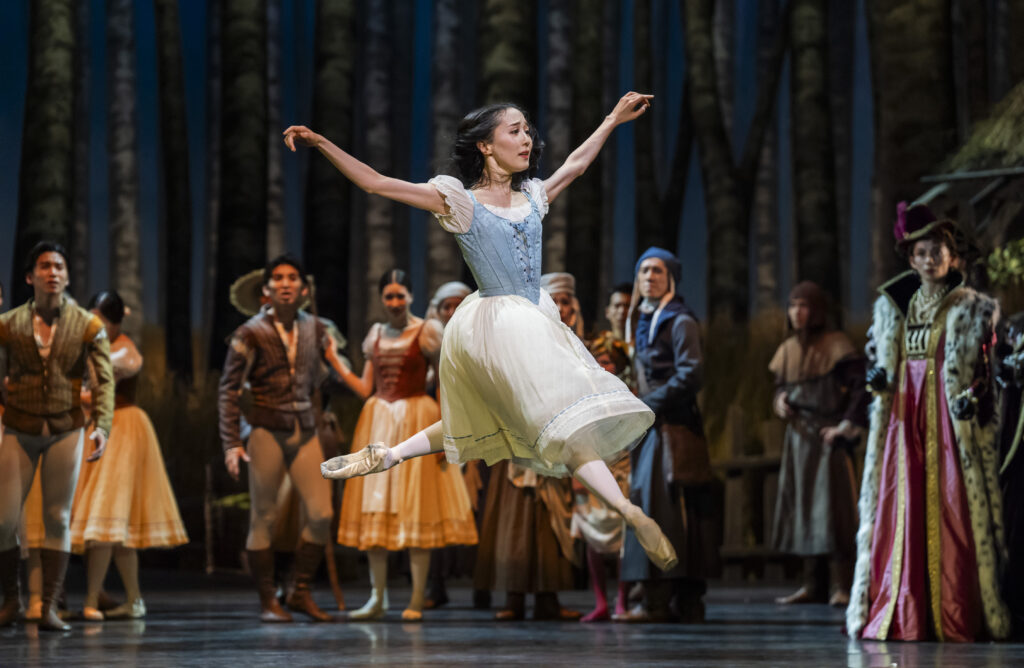
The dancing more than meets the mark too. The dancers of NBJ demonstrate impressive poise throughout the ranks. Their storytelling is lucid and involving but never melodramatic or overdone. Yui Yonezawa is a sincere protagonist. Feather-light and flighty, she breezes happily through the opening sequences, the infamous hops en pointe are delivered with a flourish. There is steely technique underneath the whimsical exterior.
Her Albrecht, Shun Izawa, also wears the technical difficulties with ease. His love for Yonezawa’s Giselle is playful, almost unserious, as he jumps and flirts without a care. Together they are uninhibited, sharing sweet glances across the stage. Izawa is especially attentive when rigging the loves-me-love-me-not game in the pair’s favour. Yonezawa captures the giddy girlishness of first love perfectly, which is even more affecting because we know how it will end.
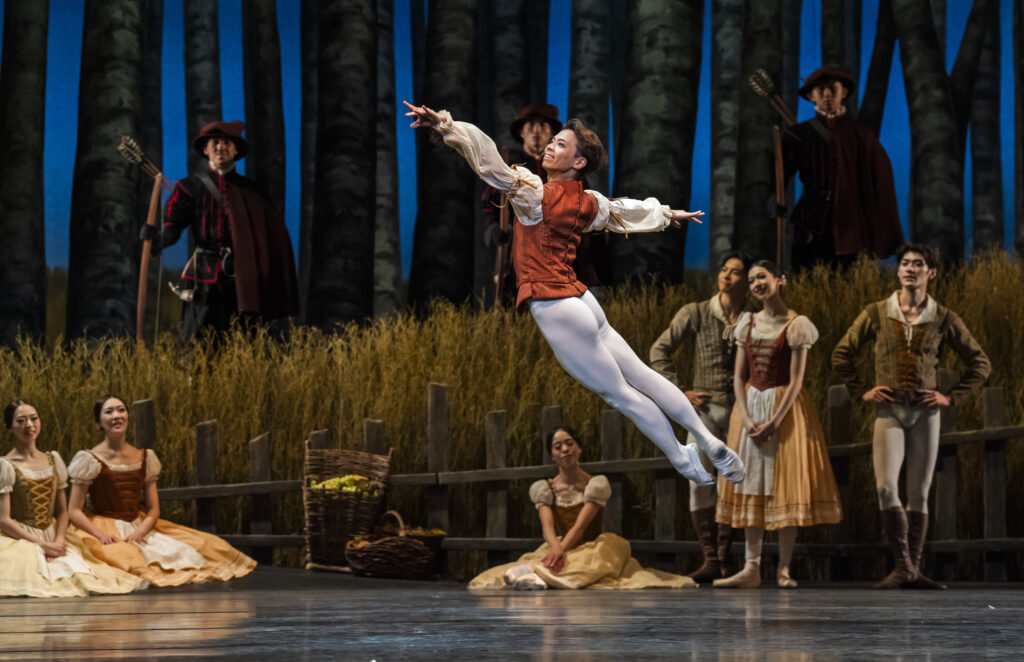
Bird’s costumes are thoughtfully done, with the typically Autumnal shades for the corps, the bright powder blues for Giselle and a darker shade for her mother, while the Royal party are naturally in red but with the added opulence of a generous fur-trim and velvet robe. The storytelling goes beyond the leading roles, with the use of the corps also given great attention, as they gossip and react with authenticity at each plot twist.
First Soloists Risako Ikeda and Shunsuke Mizui maintain a high standard in the peasant pas de deux. The pair charm with their neat and musical dancing, Mizui succeeds in his athletic jumps and clean landings. Ikeda has an elegant stage presence, a true classical dancer, radiant and controlled. There is a tangible humility throughout the cast, undeniably assured but never wishing to distract from the central story.
Upon discovering Albrecht’s deception, Yonezawa’s earlier delicate innocence is transformed by heartbreak, we see her shift from girlhood to womanhood before our eyes, hair falling loose and limbs heavy with grief. The mad scene which can sometimes feel overlong in reaching a conclusion is engrossing.
To the woods, and Akari Yoshida’s arrival as Myrthe is marked by some warp-speed bourrées before she is joined by her fellow betrayed women, abandoned before their wedding days. Veiled heads face the ground, they are suitably mournful.


Yoshida’s Myrtha doesn’t feel as impactful here as the other key roles, her dancing more polite than commanding. However, she and the supporting Wilis’ mime effectively, her raised chin and stern use of upper body telling you quite explicitly that they’re not to be messed with. Myrthe’s attendants, Moyna and Zulma (Yuzuki Hanagata and Honoka Kinjo, respectively) are particularly spirited in their disposal of Masahiro Nakaya as Hilarion, whose love for Giselle is never acknowledged by her.
Yonezawa digs deeper for this act which you sense comes less naturally to her than the Giselle of Act I. The earlier easy giggles and flirtation are replaced with something more composed and mature. Most memorable, however, are the corps of Wilis’ who dance with a rarely seen uniformity and precision, especially in the iconic arabesque hops, and are mesmerising throughout.
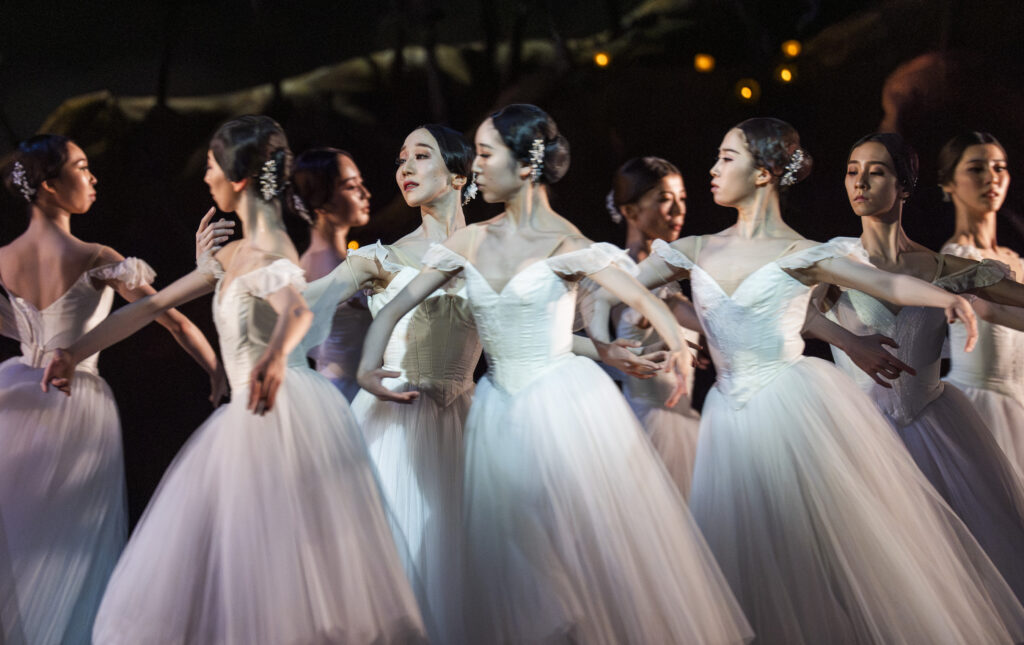
Giselle is of course a regular in company repertoires across the world, but Yoshida’s production reminded me why. Adolphe Adam’s score is utterly majestic under the baton of Paul Murphy and the Royal Ballet Sinfonia, and based on this showing London audiences would relish the opportunity to enjoy more from NBJ’s repertoire in the future.


